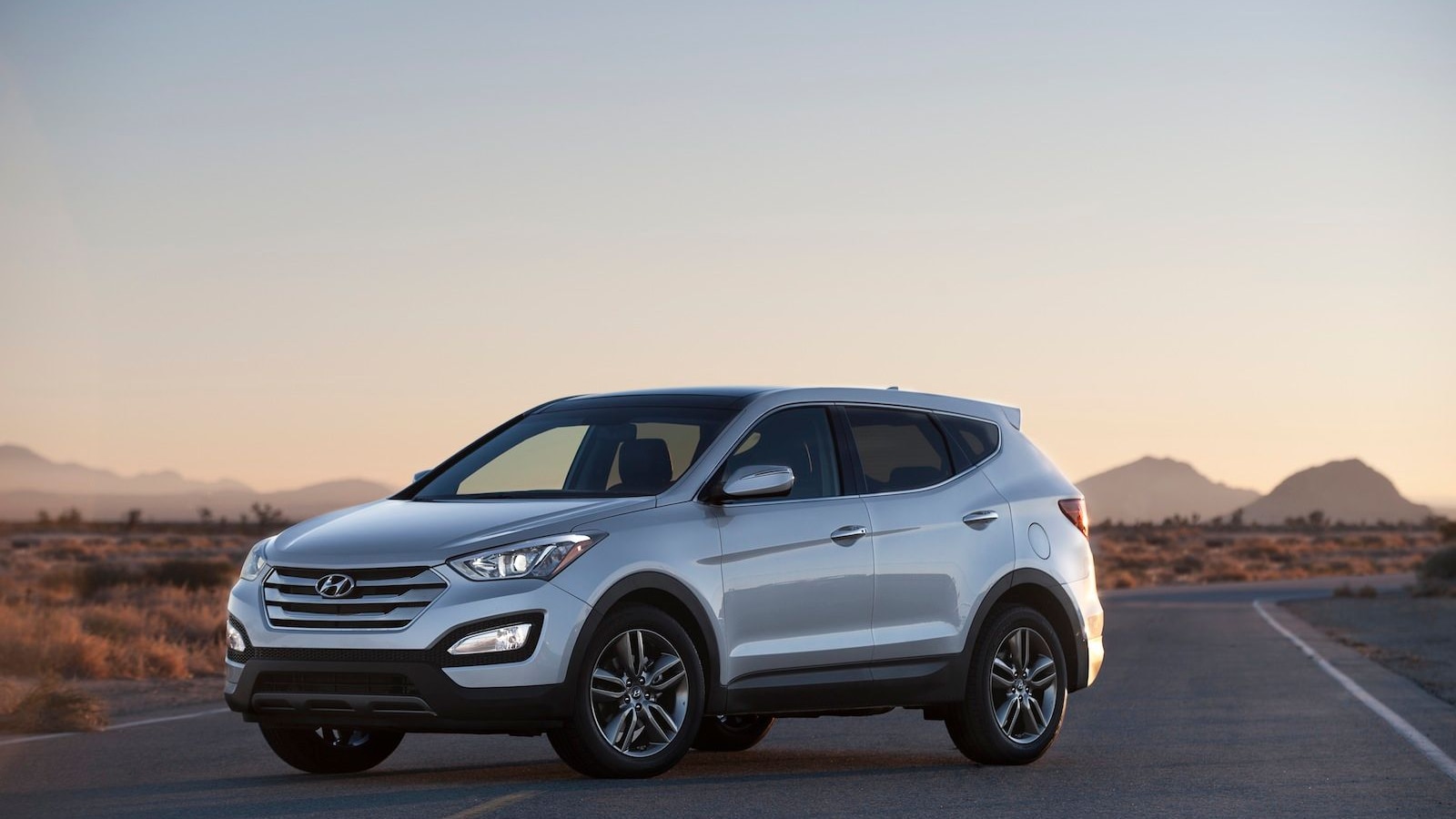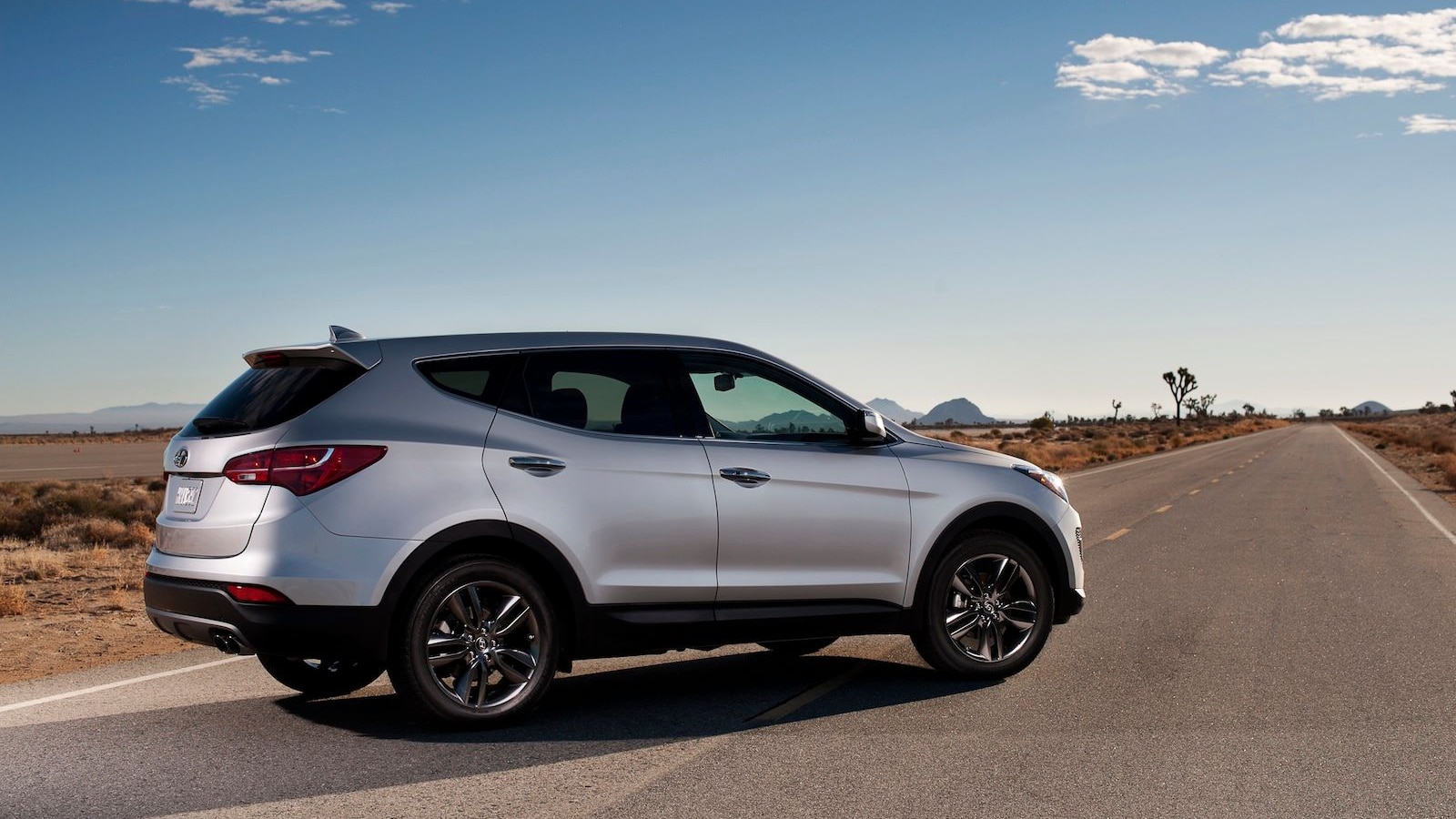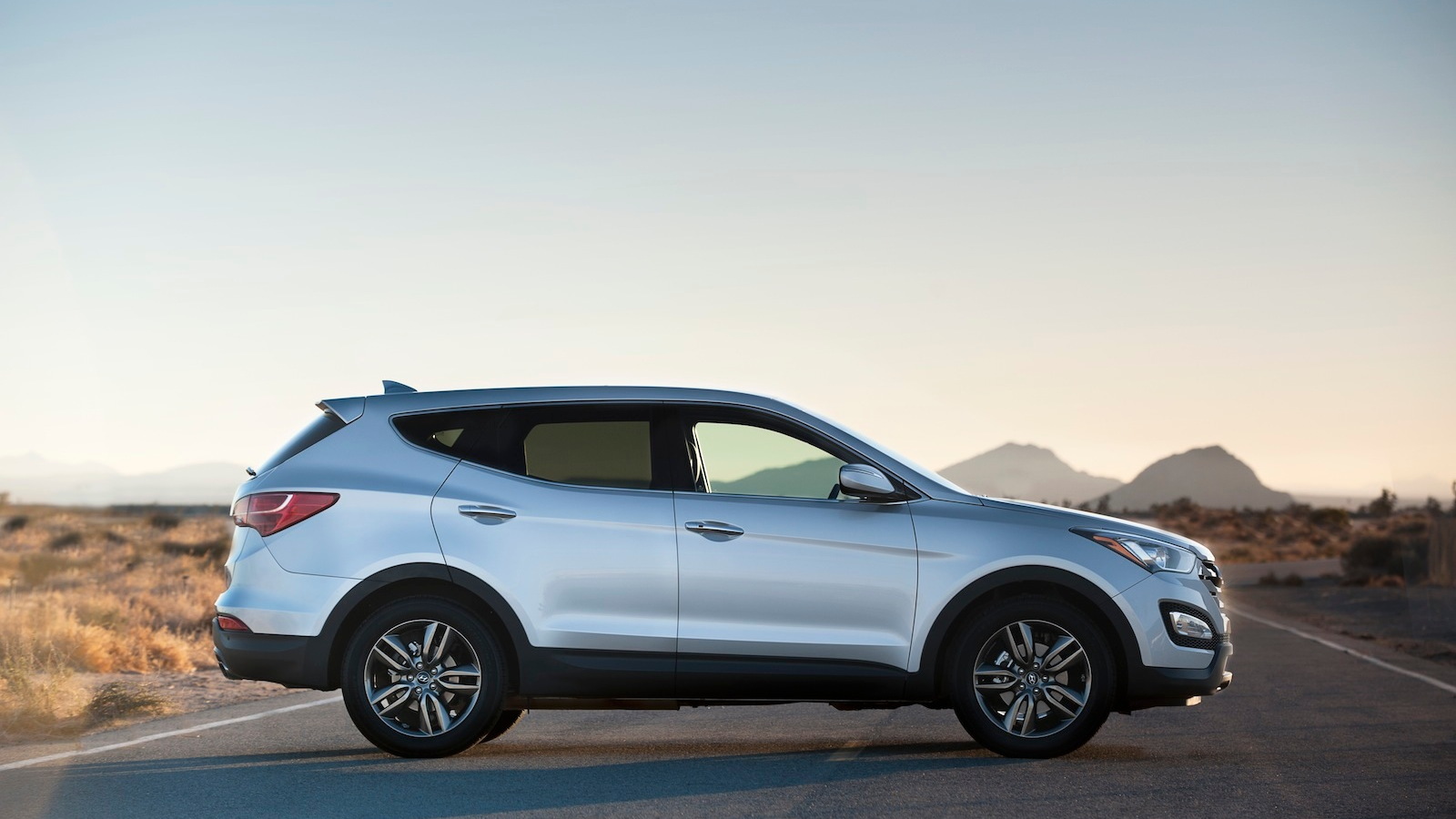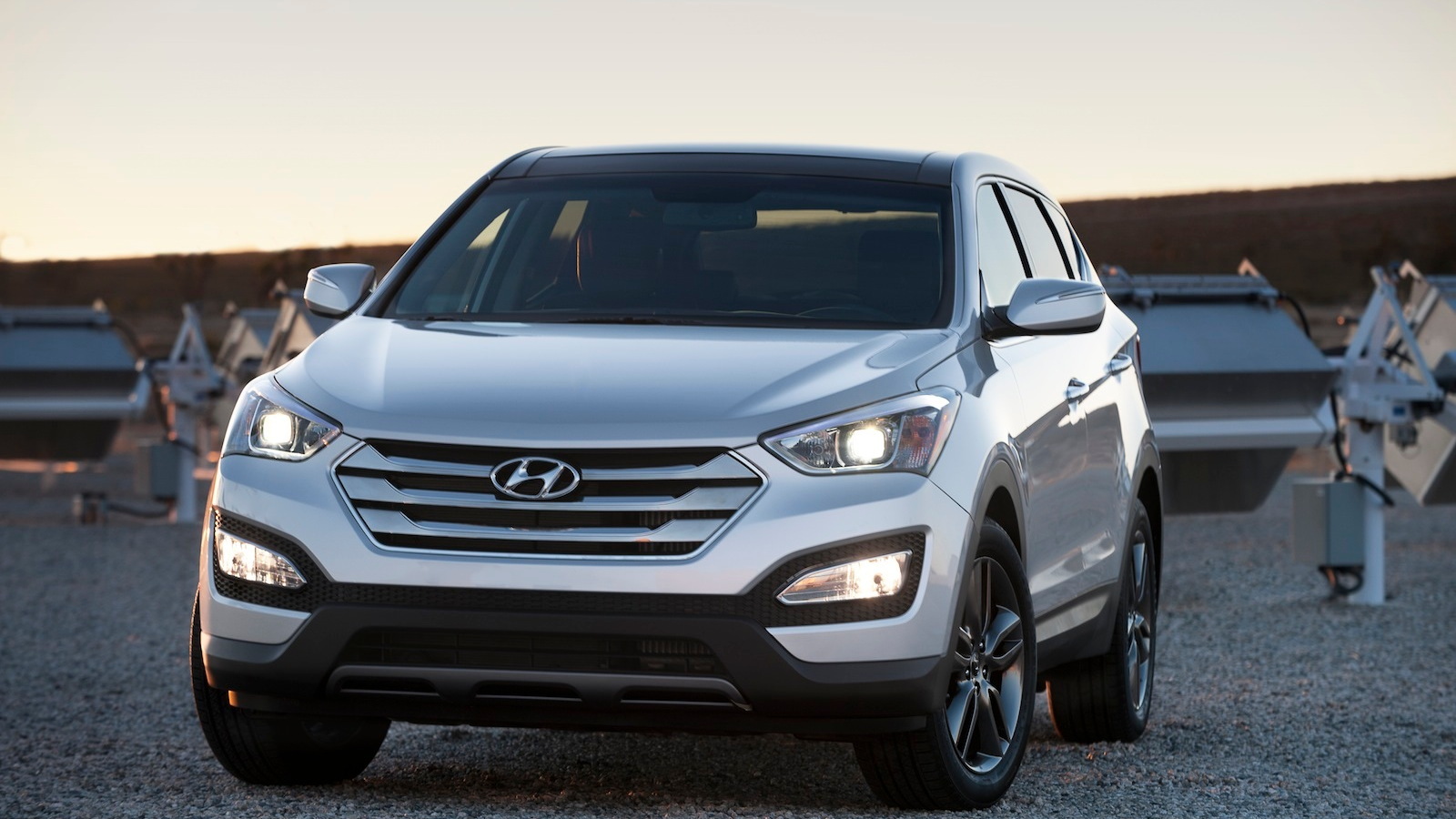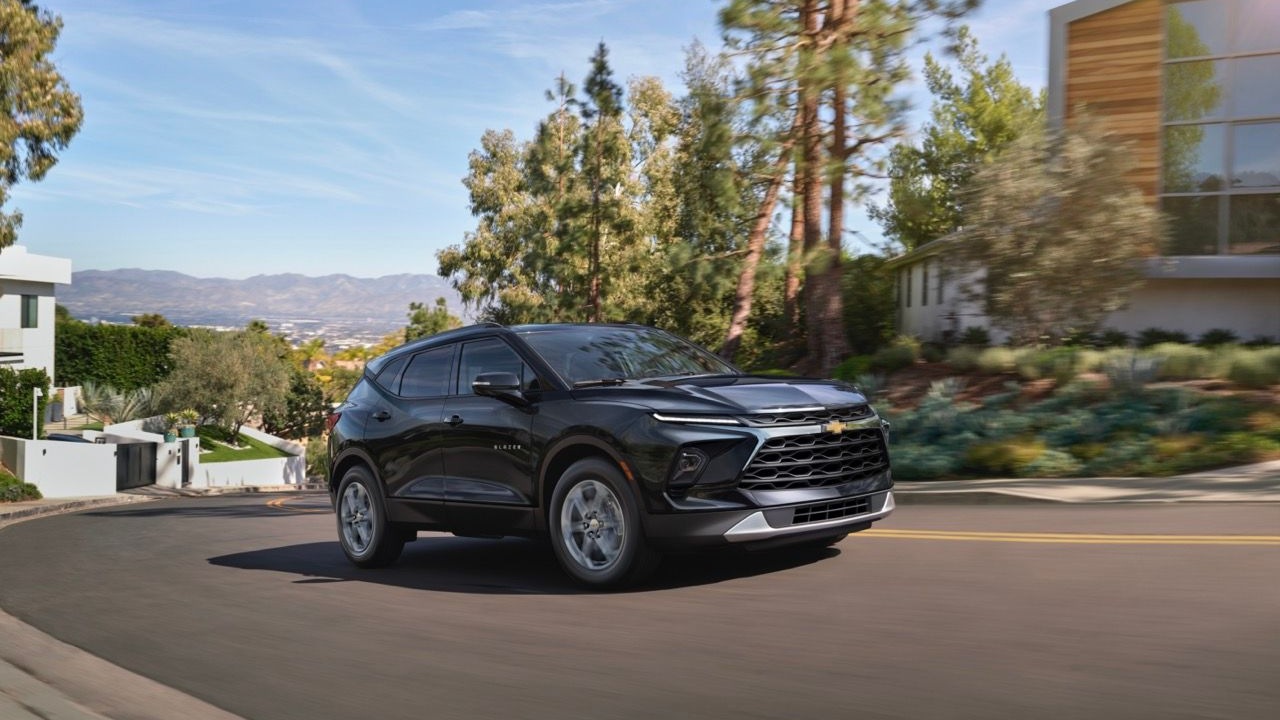Hyundai’s Santa Fe crossover has been one of many success stories for the brand in recent years. Time has begun to pass it by, however, as most of its competitors have been revised in recent years, leaving the Santa Fe to soldier on wearing its blend-into-the-background styling.
That’s all about to change, as Hyundai is showing not one, but two all new Santa Fe models at this week’s New York auto show. If the old Santa Fe was losing ground to competitors, the new models are likely to leave the competition behind in terms of styling, content and value.
What we knew as the Santa Fe returns in five-passenger, two-row form as the Santa Fe Sport. Buyers hoping for more Santa Fe to love will get their wish with the new Santa Fe, which now features three rows of seats to haul up to seven passengers.
As you’d guess, the 2013 Santa Fe gets a longer wheelbase, a longer overall length, a slightly increased width and just a bit more height. Compared to the Sport, it grows by 3.9-inches in wheelbase and 8.5 inches in length; inside, the larger model gains 1.9-inches in second-row legroom as well as 5.6 cubic feet of additional cargo room.
Santa Fe Sport models get a choice of two different four-cylinder engines, while Santa Fe models use Hyundai’s 3.3-liter V-6. The base engine in the Sport is a 2.4-liter gasoline direct injection four, rated at 190 horsepower and estimated to deliver 33 mpg on the highway.
For those who want a bit more entertainment value, the Sport is also available with a 2.0-liter turbocharged four-cylinder, good for some 264 horsepower yet still capable of retuning an estimated 31 mpg on the highway (in front-wheel drive models). Both engines are mated to Hyundai’s own six-speed automatic transmission with manual shift capability.
The Santa Fe will use the same 3.3-liter V-6 found in the Hyundai Azera sedan. In Santa Fe duty, the engine will be rated at an estimated 290 horsepower, while delivering 26 mpg highway fuel economy. Like the Santa Fe Sport, the Santa Fe comes only with the six-speed automatic transmission.
Front-wheel-drive is standard on all models, but Hyundai’s intelligent all-wheel-drive system is available across the model range. It features Torque-Vectoring Corner Control (TVCC), which automatically distributes torque and controls braking to maximize traction under all conditions. Hyundai claims its TVCC system is the first in a non-luxury SUV.
Both Santa Fe Sport and Santa Fe models now benefit from a completely revised exterior design that takes Hyundai’s “fluidic sculpture” language to the next level. The new design theme is called “Storm Edge,” and it’s meant to capture the “dynamic images created by nature during the formation of a storm.”
We’re not sure about that, but we do admire the familiar hexagonal grille, strong character lines and rising beltlines that have become staples of Hyundai’s design. The new Santa Fe and Sport models aren’t just distinctive, they’re striking, and that’s difficult to pull off with a design language applied across an entire manufacturer’s lineup.
Inside, the new models give buyers a lot to like, ranging from heated rear seats to an optional eight-way power driver’s seat and Hyundai's Blue Link telematics system. Cloth seat models get YES Essentials fabric treatment for stain resistance and added longevity, and higher trim models can be equipped with features like a heated steering wheel and a panoramic sunroof.
Look for the 2013 Hyundai Santa Fe Sport to hit Hyundai dealers in late summer, followed by the larger Santa Fe in January of 2013.
Want more news updates and images from New York? You’ll find them on our dedicated 2012 New York auto show page.
